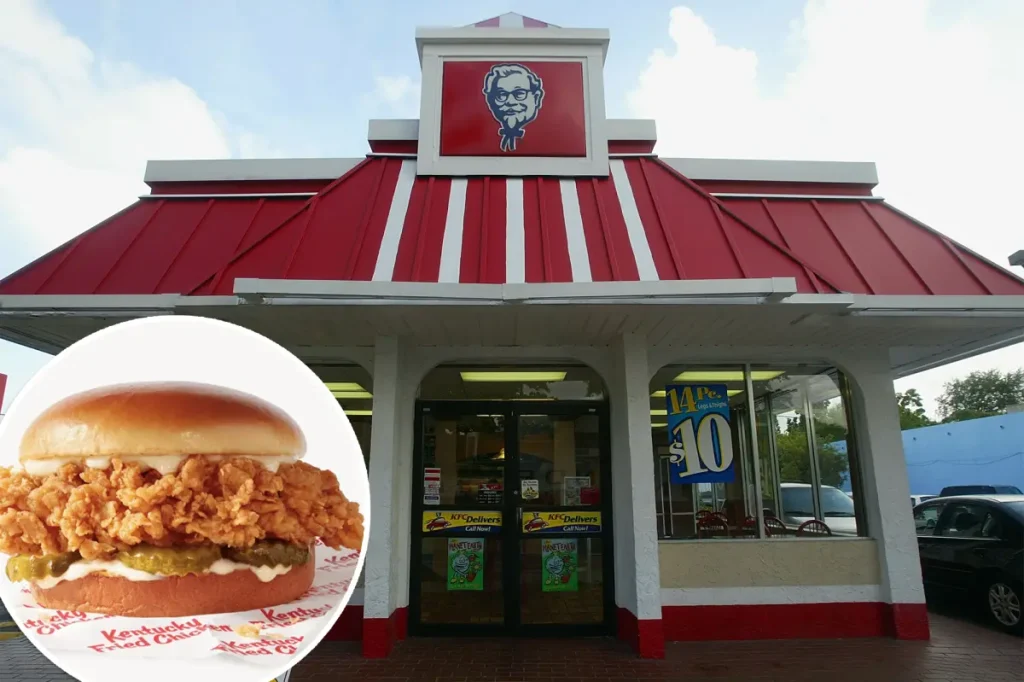KFC’s Strategic Evolution in a Competitive Fast-Food Landscape
In today’s rapidly changing fast-food industry, KFC finds itself at a pivotal moment where its traditional offering of iconic fried chicken buckets is no longer sufficient to maintain its competitive edge. The global chain owned by Yum Brands is actively reinventing itself to align with shifting consumer preferences and heightened competition. Led by US Division President Catherine Tan-Gillespie, KFC is implementing a multi-faceted approach centered on menu innovation, creative marketing, and new restaurant concepts. This strategic pivot comes at a crucial time, as economic pressures force consumers—particularly those in lower-income brackets who form a substantial portion of fast-food customers—to become increasingly selective about their dining choices. The company’s efforts appear to be yielding positive results, with menu innovations like spicy wings and potato wedges contributing to a 2% increase in US sales during the third quarter of fiscal year 2025, according to JPMorgan analysts.
Perhaps the most notable element of KFC’s revitalization strategy is its deliberate entry into the highly competitive chicken sandwich market, which has become a battleground among major fast-food chains. The company is making a bold statement with its upcoming one-day pop-up restaurant in New York City called “Sundays,” scheduled for November 9th. This clever marketing move—launching a pop-up specifically on a day when competitor Chick-fil-A is famously closed—demonstrates KFC’s willingness to directly challenge its rivals. The pop-up will feature KFC’s new, larger versions of its classic chicken sandwich, which the company is promoting through a “Size Matters Tour” that will offer free sandwiches across more than a dozen US cities. This aggressive marketing approach reflects KFC’s understanding that in today’s competitive landscape, merely having quality products isn’t enough—creating buzz and cultural relevance is equally important.
Beyond its chicken sandwich strategy, KFC is exploring entirely new restaurant concepts to diversify its appeal and reach different consumer segments. The introduction of “Saucy,” a smaller-format restaurant focusing on fried chicken tenders and sandwiches served with a variety of signature sauces, represents a significant innovation for the brand. Launched initially in Orlando, Saucy has already demonstrated remarkable performance, with analysts reporting that these locations generate approximately $2.6 million in annual sales—about twice the revenue of a typical KFC store. This success has prompted the company to plan an expansion of the concept with ten additional locations. The Saucy concept allows KFC to maintain its chicken expertise while adapting to modern consumer preferences for customization through various sauce options and a more focused menu that appeals to younger demographics seeking specialized food experiences.
KFC’s strategy acknowledges the economic realities facing consumers and the industry as a whole. As menu prices have increased across the fast-food sector, many consumers have reduced their frequency of dining out, creating intense competition for a shrinking pool of customer visits. While some competitors like McDonald’s and IHOP have responded primarily with value meal offerings to attract price-conscious consumers, KFC has opted for a different approach focused on product innovation and brand revitalization. This strategy reflects an understanding that while price matters, consumers are often willing to pay slightly more for novel menu items that deliver unique and satisfying experiences. By introducing products like spicy wings and improved potato wedges that have demonstrably attracted new customers, KFC is working to expand its customer base rather than merely competing on price with existing ones.
The company’s renewed emphasis on relevance and innovation appears to be resonating with consumers, according to Alex Fasciano, an analyst at CFRA Research. Fasciano notes that KFC’s quarterly results under this strategy “have been encouraging this year, with improvements in US traffic trends and even stronger demand internationally.” This international dimension is particularly significant for KFC, which has historically enjoyed strong performance in markets outside the United States. By applying successful innovations across its global footprint, KFC can leverage its scale to maximize the return on its product development investments. The analyst also points to broader industry trends favoring chicken as a protein option, noting increasing consumer demand and chicken’s position as a cost-effective alternative to higher-priced beef—a trend that plays directly to KFC’s core competency.
Looking ahead, KFC’s strategy appears focused on sustainable growth through a combination of brand relevance, marketing innovation, operational excellence, franchise partnerships, technology adoption, and leveraging its global scale. This comprehensive approach recognizes that success in today’s fast-food environment requires excellence across multiple dimensions rather than a single breakthrough product or promotion. For KFC, the challenge will be maintaining momentum with its innovation pipeline while ensuring that new offerings remain authentic to the brand’s heritage and core strengths. If early results are any indication, the company’s willingness to evolve while staying true to its fried chicken expertise may well position it for renewed growth in an increasingly competitive market. As consumer preferences continue to evolve and economic pressures persist, KFC’s ability to balance innovation with operational execution will likely determine whether its current renaissance becomes a long-term competitive advantage.















